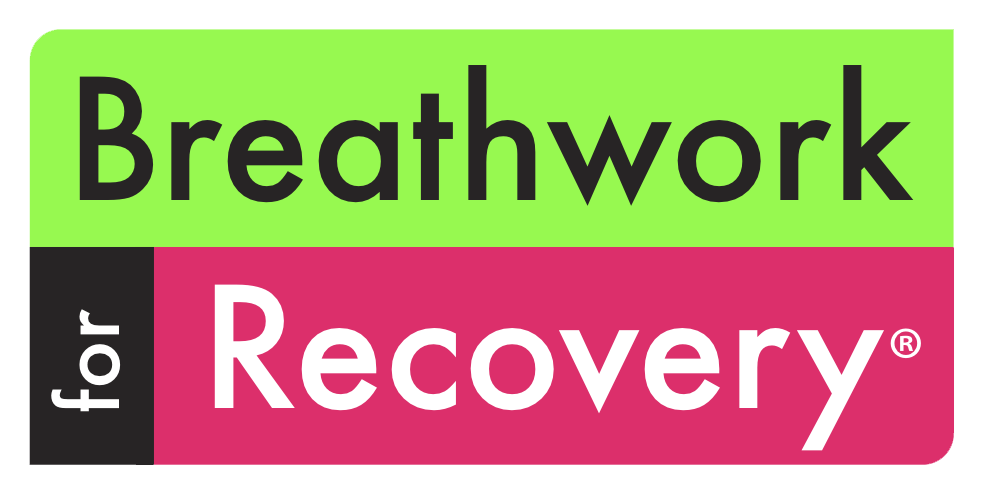Breathwork and Creative Expression: Exploring the Relationship Between Breath and Artistic Inspiration
It's well established that perpetual stress can cause harm to our physical and mental well-being, but did you know that it can also hinder our capacity to tap into inherent states of creativity and artistic expression?
Conscious breathing techniques can help us to regain balance in our nervous systems, allowing our minds and bodies to relax and making space for creative expression and imagination to thrive.
What is creativity?
Some may think that creativity is only for folks who identify as "artists", but creativity is accessible to everyone, and it's an important and arguably, vital human phenomenon that allows us to transcend traditional models of thinking, find solutions to problems, generate new ideas, and imagine the world in a more nuanced, interconnected and holistic way.
Creativity is an ability that can be cultivated through practice; while it may seem like some folks come by it with total ease, anyone can learn to tap into and hone their unique, creative process. With increasingly complex problems plaguing our community and global landscape, realising our creative potential could be an important tool in re-shaping our collective vision for the future.
Diving Deeper: The Neuroscience of Creativity
Modern research makes the point that creativity is less about the individual functions of the hemispheres of the left brain and right brain - as was previously thought - and more about the intercommunication between many parts of the brain, including our emotions.
The three networks of the brain that are understood to be functioning in the creative process include the Executive Attention Network - responsible for focus, the Default Network - governing our capacity to imagine scenarios outside the present ones we are in, and the Salience Network, which is responsible for determining which of the networks is most adept at processing and creating ideas, switching between networks as it sees fit.
Creativity and Flow States
"Going with the flow" is a colloquialism that might be considered hippy-dippy, but modern research has determined that practising activities that allow our unconscious to enter a "flow state" is optimal for creativity.
Flow states exist in the space where self-criticism and doubt cannot thrive; when we allow unconscious thought processes and sensations to arise with unimpeded freedom.
Creative flow can exist between states of nervous system arousal and control - when we are focused, relaxed, experiencing pleasure, happiness and feeling confident.
Activities and practices that can foster these feelings and sensations include listening to and playing music, absorbing art, being in nature, movement of the body, including dance, yoga and sports, and meditation.
How Breathwork Can Cultivate Creativity
Breathing techniques encourage access to states of flow and creative energy by engaging the parasympathetic branch of our autonomic nervous system.
The parasympathetic nervous system is responsible for our "rest and digest" response, governing relaxation, focus, peace and calm. Breathing techniques can facilitate flow states both in practice, and following practice by toning the vagus nerve - the nerve that governs the parasympathetic nervous system - making it easier to regularly access a creative state of being.
Re-Training The Body To Breathe for Creative Inspiration
Diaphragmatic breathing or deep breathing is a baseline breathing practice to learn to allow the body and mind to access relaxation and calm, the gateway - if you will - to creativity.
With the world in a perpetual state of chaos, our poor nervous systems are understandably over-taxed. It's especially difficult in these trying times to determine what really is a "threat" and what is an abnormal response to a "normal" amount of stress, so learning how to create space for a regular practice that allows us to regulate our nervous system is especially important as a first step to accessing creativity and achieving mental clarity.
Deep breathing can be accessed anywhere, whether you're at home or out in the world, and involves learning to inhale slowly and exhale slowly, through the nostrils and into the belly space so that the belly rises up and out.
We can re-train the body and mind to engage the parasympathetic system by breathing into the belly, instead of breathing into the chest, which can become an unconscious, learned breathing pattern that keeps our systems in a dis regulated state.
By engaging in a regular practice, our bodies will learn how to differentiate between "real" threats and stresses in our relationships and our environments, and abnormal responses to normal amounts of daily life stress.
Even what we consider to be daily stressors may benefit from a new, creative response; organisation may become less tedious when you apply new methods that may have evaded you in the past, and inspiration may strike in the most unexpected of places; you may even find ways to breathe life into complex and sticky relationship dynamics with compassionate responses and solutions.
The possibilities for creative responses to both life's most mundane and challenging issues may lie in our capacity to harness the creative life force humming through every living being, inviting harmony, healing and greater well-being for you, your community and the planet.




